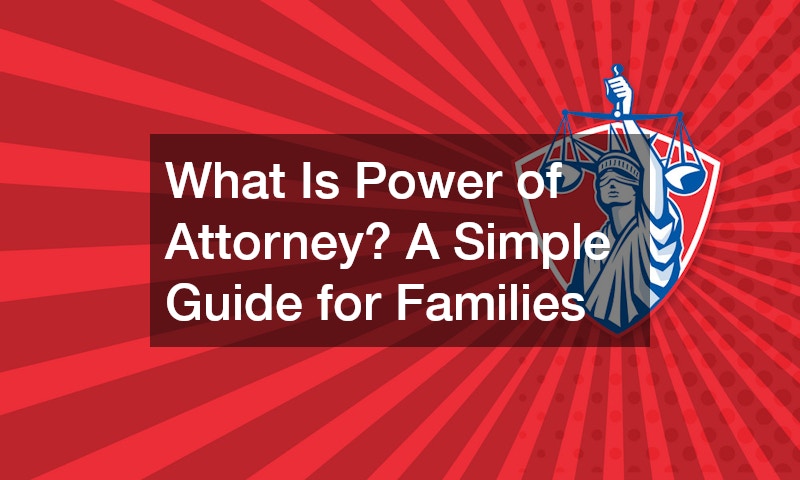As the world changes, people’s values also do. And women are not an exception. In fact, the world is seeing more change in the world of women. But in what ways have women changed?
How Have Women Changed?
There is an ongoing movement in debunking the old myths related to the concept of beauty. Beauty no longer means skinny and white. More and more women are fighting to make old beauty standards hold less power. Right now, it’s all about the inclusion of all body types, colors, flaws, and preferences.
Women are also no longer bound to the confines of motherhood. It’s now a matter of preference. A woman chooses to have or not have children, and the whole world should respect that. You do not become less feminine or lose your essence just because you chose to nourish your career over being a housewife. The essence of a woman now boils down to choice.
Women are also starting to take up space. The world has come so far from when women were not allowed to vote. It has been a long battle, and it hasn’t been won yet. But the struggle continues as the world sees more female presidents, astronauts, engineers, and business leaders.
The image of the weak, soft, dependent women who need rescuing is slowly fading. And the world should keep up. So what marketing strategies appeal to women then?
1. Understand the Causes They Believe In

Women have a lot of reasoning going on behind every purchase than men. Generally, when they choose products they want to buy, they look at the causes the brand supports.
This is where cause marketing comes in. Women want their money where there is a benefit for the common good. It’s a form of giving back. If you want to appeal to female customers, then you should start researching what your customers care about.
How do you exactly do this? Start investing in partnerships with organizations that fight for causes women believe in—for example, animal cruelty. In 2017, the beauty brand Body Shop launched a campaign against animal testing in the cosmetic industry. They partnered with Cruelty-Free International, a nonprofit organization seeking to end cosmetic testing on animals for this campaign.
If you are a woman who cares about animals and their welfare, you should choose brands that take a strong stand against this cruel practice over those that don’t.
2. Get to Know Who Women Believe In
There is an unspoken rule among women all over the world. If two people, a man and a woman, offer a girl a ride in a dark street, that girl will undoubtedly pick the woman over the man.
In most travel guides for solo women, you will read that if you feel unsafe, go towards where there are moms and kids. See, there is a sort of bond and feeling of safety among women. And this transcends familiarity or even race. Even if you don’t know the person, you generally feel safer around them because they are women.
Now, when you try to sell things to women, they will surely trust other women. Suppose you have a brand like Mums N Bumps that aims to make pregnancy comfortable for women. Your customers will look for feedback from women who have tried your service before.
If you want your blog to be read by moms, make other moms write the articles. The same goes for customer service for businesses that cater to mothers and kids. Suppose they speak with a customer representative who talks their language and knows their frustrations. That is a plus point for your business.
You know how the police must think like criminals in crime films if they want to catch the culprit? The same goes for marketing to women. Think and talk like a woman, and you will get their attention.
3. Enough with the Pink Campaigns
As mentioned above, women’s values have changed over the past years. The gender issue is no longer confined to pink versus blue. So you have to level up your visual game as well.
You have to understand that women are not one kind. There are plenty of them. If you plot them by color, you will have a rainbow with over a hundred colors in the end.
Marketing is much more difficult now because people are becoming more and more diverse. You no longer sell to a mom, a daughter, and a wife. You should also consider the LGBTQ+, the CEO, the nomad, the activist, and the non-conformist.

